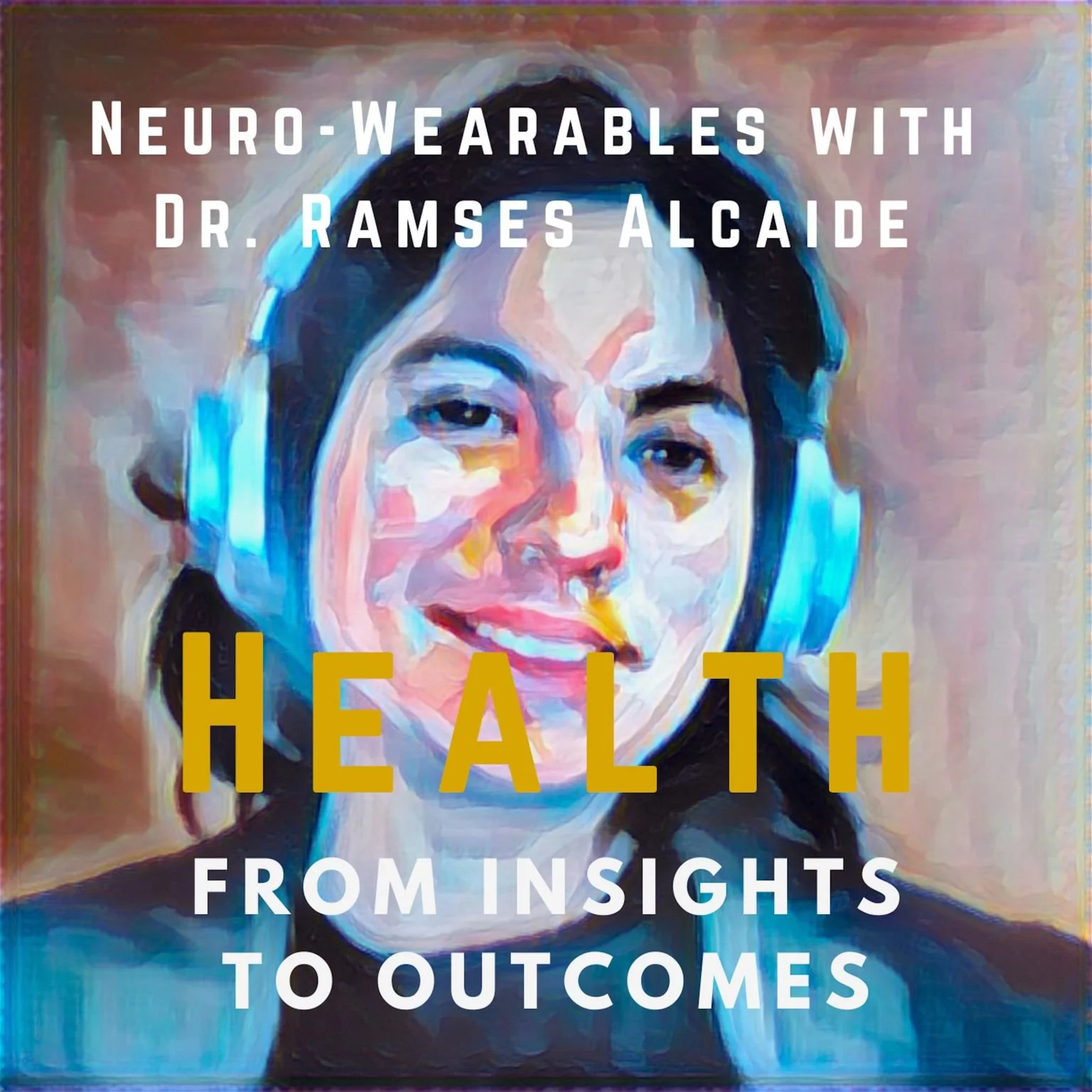Focus on Physicians:
Insights, Ideas, and Strategies
Keep Cool, Connect, and Communicate: Using Mindfulness to Navigate Difficult Conversations for Physicians
If you’re a physician, tough conversations are part of your job. Whether it’s delivering a serious diagnosis or responding to strong emotions from a patient or family member, these moments can be emotionally charged for everyone involved. While there’s no script that makes these interactions easy, mindfulness can help ease the pressure by building presence, trust, and connection.
It’s a common misperception that mindfulness means tuning out or staying neutral. Instead, it’s about being fully present, grounded, and responsive. It’s a practice physicians can build and draw on to stay centered in the middle of hard conversations.
She was 45, a busy professional with a complicated marriage, and no time to waste. She came in thinking she just needed something for a stubborn cough. That heart murmur her new internist was worried about? It had always been there, it was nothing, and she was expecting me, the cardiologist, to send her on her way. Instead, I had to tell her she had severe valve disease and needed open-heart surgery without delay.
My patient was furious. Disbelief turned into anger. "There’s no way that’s right," she said, arms crossed, eyes narrowed, face reddening. "You’re wrong!"
What helped me navigate her raw emotion wasn’t a script or checklist. Nor was it a guideline. It was a breath. A pause. The choice to stay grounded and present rather than defensive or rushed. I knew I had a full morning of patients ahead of me, but I also understood that so much was riding on our interaction. I would have to stay with her, and with the discomfort, until we reached the other side.
Mindfulness, a practice that has sustained me for many years, gave me the space to hear her anger without absorbing it, and to keep the conversation going without shutting her down.
If you’re a physician, tough conversations like these are part of your job, no matter what your specialty may be. Whether it’s delivering a serious diagnosis, describing a complex surgery, or responding to strong emotions from a patient or family member, these moments and more can be emotionally charged for everyone involved. While there’s no script that makes these interactions easy, mindfulness can help ease the pressure by building presence, trust, and connection.
It’s a common misperception that mindfulness means tuning out or staying neutral. Instead, it’s about being fully present, firmly grounded, and authentically responsive. This matters when you’re engaging with others in any meaningful context, but it’s especially important when the stakes are high. It’s a practice physicians can build and draw on to stay centered in the middle of hard conversations.
What Mindfulness Looks Like in Healthcare
Jon Kabat-Zinn, the father of mindfulness in healthcare, teaches that mindfulness means paying attention, on purpose, in the present moment, without judgment. In practice, that means bringing your full attention to the patient in front of you. It means noticing what’s happening, both around you and inside you, without rushing to fix, judge, or flee.
It’s not always easy. But it can be learned, practiced, and strengthened over time.
How Mindfulness Helps in Hard Conversations
The way you approach difficult conversations can have a tremendous impact on your patient and their loved ones. Whether you realize it or not, your words and the manner in which they are delivered are likely to reverberate for days, weeks, or even longer.
Your communication style can impact the clinical outcome, and it may carry significant consequences for you as well. Trust in your care, openness to your recommendations, and follow-through are all connected to the way that you communicate. So is the probability of pursuing a lawsuit if things don’t turn out well, even if you’ve done nothing wrong.
Depending on your personal approach and past experience, it might be tempting to be blunt, evasive, or even overly deferential when dealing with uncomfortable situations. Mindfulness allows access to a different kind of presence that’s steady, clear, and connected. Here’s how it makes a difference:
Regulates your emotions
When you’re grounded, you’re less likely to be swept up in your own anxiety or frustration. Instead, you’ll be better able to hold space for others, which can defuse a charged situation.
Builds empathy
Patients can feel when you’re truly present. Mindfulness helps you hear what they’re saying, notice what’s unsaid, and respond with genuine care.
Strengthens communication
Mindful listening reduces assumptions. It helps you stay with what the other person is actually saying, even when it’s uncomfortable, rather than rushing ahead to your own response.
Mindful Strategies You Can Use Right Now
Here are a few ways to bring mindfulness into your next challenging conversation:
🌻Pause and center
Take a deep breath before you walk into the room. Even 10 seconds of awareness can shift your mindset. Notice what you’re feeling and choose to show up with presence.
🌻Listen with your full attention
Don’t be tempted to multitask. Turn away from the computer, put down the paperwork. Listen for tone and emotion, notice body language and facial expression, and stay open to anything else that creates context beyond the words that are spoken.
🌻Wait before responding
A brief pause after someone speaks gives you time to take in their words and choose your response. This is especially important when the discussion is charged. Taking a beat instead of reacting will save you from responding in a way that you might later regret.
🌻Reflect back
Summarize, paraphrase or repeat what you heard in your own words. It helps you to clarify, avoiding misc0mmunication, and it lets the other person know they’ve been heard.
🌻Project calm
Your tone and posture set the emotional tone of the room. Calm, open body language creates safety, even when the news is hard to hear. When you remain centered and clear-headed, you help to keep the emotional temperature down.
🌻Make space for questions
Let your patient process and speak. While it might extend the visit slightly, taking a few extra minutes now can prevent misunderstandings and save time and frustration down the line. You don’t need to have all the answers in the moment.
The Bottom Line
Mindfulness won’t take the difficulty out of hard conversations, but it can bring a sense of humanity into the room. When you slow down, stay present, and truly notice what’s unfolding, you create space for connection, trust, and clarity, even in the most charged moments. It’s a practice that supports your patients, but it also honors you.
If you’ve enjoyed this article and would like to stay in the loop for more insights on creating a sustainable, fulfilling, and happy life as a physician, sign up for my newsletter or reach out on my website. I’d love to hear from you.
And if you’d like to schedule a complimentary introductory meeting with me, click the link below.































